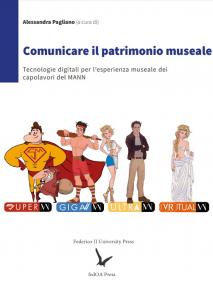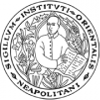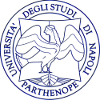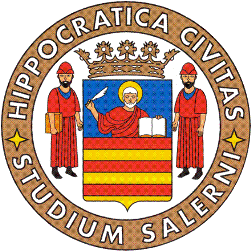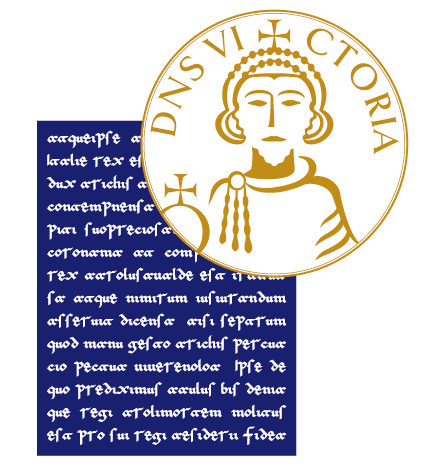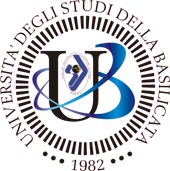Communicating the museum heritage: Digital technologies for the museum experience of MANN masterpieces
Keywords:
digital storytelling, digital twin, digital illustration, digital technologies, animation, cultural heritage, video tours, museums, accessibility, inclusion, design for allSynopsis

Publisher: FedOA - Federico II University Press
Series: Beyond accessibility. Cultural Heritage for All
Pages: 173
Language: Italian
NBN: http://nbn.depositolegale.it/resolver.pl?nbn=urn:nbn:it:unina-29951
Abstract: Digitization has had a profound impact on the way we represent, communicate, and therefore manage cultural heritage today, both online and in-presence; at the same time, the increasingly immediate and faster transfer of audio and video contents has made possible the production of stories that are more appealing to the audience. Consequently, the evolution of digital technologies available to storytellers has influenced the form of the narratives themselves.
New multimedia technologies, such as hypertexts and graphic and audiovisual materials, can today be integrated into the storytelling, introducing innovative concepts and stimulating interest, thus giving rise to new media cultures. In the digital age of streaming, the enjoyment of audiovisual content is unprecedented, offering opportunities not only for creators but also for audiences.
This scenario encourages the possibility of offering customized contents, tailored to the diverse and specific audiences that characterize the current public interested in cultural heritage. This approach makes it possible to create tailored narratives, maximizing cultural and emotional impact.
Since the last decade, a new mode of storytelling called digital storytelling, or storytelling in the digital environment, has been spreading rapidly, a true communicative system based on storytelling through multimedia, which enhances the expressive and communicative capabilities of traditional storytelling through Information and Communication Technologies (ICT). The most successful elements that characterize the digital storytelling are a storytelling that places the user at the center, who is asked questions through a narrative voice that continually requires an engagement interaction visual and sound effects, an appropriate soundtrack, images with strong emotional impact, and a pace that is never boring. The "Masterpieces of the Mann" project was thus created with the aim of experimenting with new forms of expression for the communication of museum heritage using digital tools: based on the potential of digital storytelling, about 30 educational videos have been produced which adopt relevant digital techniques for the digitization of assets, representation, illustration, animation and video-editing with the aim of enhancing the visitor experience, making it engaging through the emotional impact of the visual elements supporting the narrative and engaging through audience interaction with characters drawn as guides, who ask questions, encourage observation, stimulate hypothesis formulation and tell anecdotes, stories and trivia about the works in an informal way. The decision to use videos as the communicative medium is based on the desire to activate active learning and engagement during the in-person museum experience. The design of the four video tours, to be viewed in the presence of each asset, in the museum, using the visitor's simple personal smartphone, stems from the desire to develop the user's observation skills. Thus, the viewer can observe the videos near the museum asset, which graphically (and through digital animations) highlight its shapes, geometries, proportions and iconographic details to then be able to recognize them independently on the artwork. It is a path of learning first and then discovery that reinforces and receives narratives through the digital storytelling of the videos and consolidates the received notions with the physical and emotional experience of conscious observation and recognition.
With the aim of ensuring the accessibility to the widest possible audience, the design of two pathways also took into consideration children with special needs, i.e., young visitors born with cognitive deficits, particularly autism spectrum disorders, for whom new ways of fruition in virtual reality were tested.
Downloads
